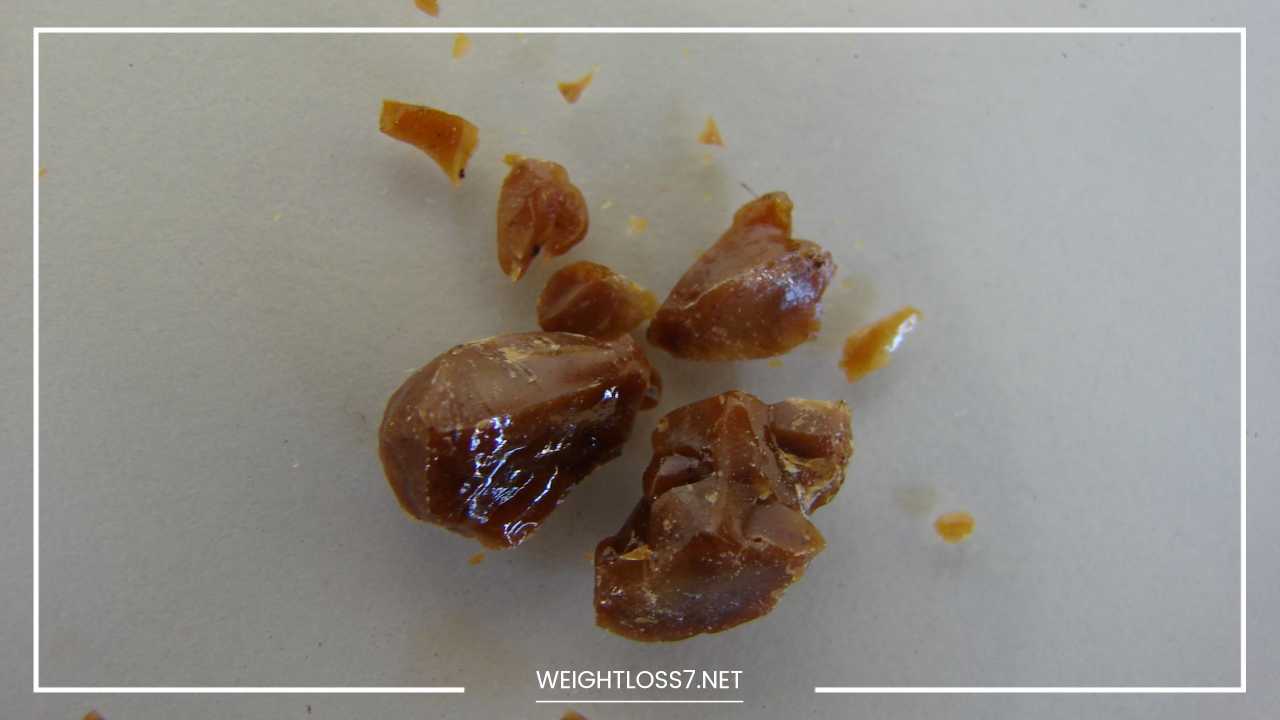Balsam of Tolu Uses and Benefits

Balsam of Tolu
The Versatility of Balsam of Tolu: From Traditional Medicine to Modern Applications
Balsam of Tolu, extracted from an herbaceous plant native to South American countries, has a rich history deeply rooted in traditional medicine.
Originally known as Balsam of Peru, owing to its primary export from Peru, this precious resin has evolved into a versatile ingredient with applications ranging from pharmaceuticals to aromatherapy.
This article delves into the origins, historical uses, and contemporary applications of Balsam of Tolu, exploring its journey from tribal remedies to its incorporation into a wide array of consumer products.
Origins and Harvesting
The source of Balsam of Tolu lies in the resinous exudate of a towering tree that thrives in regions such as Columbia, Peru, Venezuela, Argentina, Brazil, Paraguay, and Bolivia.
The extraction process is akin to tapping rubber trees, where the gummy resin is collected and subsequently processed into balsam.
Over time, the main exporters have shifted, and today, El Salvador, Columbia, and Venezuela play crucial roles in supplying this valuable botanical extract to global markets.
Tribal Remedies: Early Uses in Mexico and Central America
In ancient times, indigenous tribal groups in Mexico and Central America recognized the therapeutic properties of Balsam of Tolu.
The leaves of this herbaceous plant were employed to address a spectrum of common ailments, including external wounds, asthma, colds, flu, and arthritis.
The versatility of this botanical gem became evident as some native communities utilized the powdered bark as an underarm deodorant, while others valued it for lung and cold-related issues.
Rainforest tribes found Balsam of Tolu to be a versatile remedy for various conditions such as abscesses, bronchitis, catarrh, headaches, rheumatism, sores, sprains, tuberculosis, venereal diseases, and wounds.
European Interest and Pharmaceutical Applications
As the herb’s popularity grew, European explorers expressed keen interest in its medicinal potential. Germans, in particular, embraced Balsam of Tolu for its antibacterial, antifungal, and antiparasitic properties.
This led to its integration into pharmaceutical applications, where it proved effective in treating conditions like scabies, ringworm, lice, minor ulcerations, wounds, bedsores, and diaper rash.
The adoption of Balsam of Tolu in European medicine marked a significant chapter in the herb’s evolution.
Modern Utilization in Topical Products
In contemporary times, Balsam of Tolu has become a staple in topical formulations. It features prominently in hair tonics, antidandruff shampoos, and feminine hygiene sprays. Additionally, its natural fragrance makes it a sought-after ingredient in soaps, detergents, creams, lotions, and perfumes.
The herb’s efficacy in wound care and ulcer treatment is reflected in its consistent use in topical salves. Its applications extend to addressing skin conditions such as rashes, eczema, and infestations by parasites like scabies, ringworm, and head lice.
Culinary and Beverage Applications
Beyond its medicinal uses, Balsam of Tolu has found a place in the culinary world. With a distinctive vanilla-like aroma and taste, it is a favored flavoring agent in cough syrups, soft drinks, confectionaries, and chewing gums.
In the early 1800s, the United States recognized its potential as a cough suppressant and respiratory aid, incorporating it into lozenges and syrups for sore throats. Its role as a vapor inhalant further contributed to its adoption in addressing respiratory distress.
Aromatherapy and Fragrance
The essential oil distilled from Balsam of Tolu’s gum has carved a niche in the realm of aromatherapy. Sold in small bottles, this fragrant oil is used topically and in various aromatherapeutic practices.
The fragrance of Balsam of Tolu is considered not only aromatic but also healing and comforting. Its unique aroma makes it an excellent choice for exotic floral fragrances, contributing to its popularity in the world of perfumery.
Meditation and Relaxation
One of the notable attributes of Balsam of Tolu is its association with meditation and relaxation. The herb’s fragrance, with its soothing properties, has made it a preferred choice among enthusiasts of mindfulness practices.
Whether diffused in the air or incorporated into meditation oils, Balsam of Tolu adds a calming element, enhancing the overall experience of tranquility and peace.
Caution and Sensitizing Properties
Despite its myriad applications, caution is advised in the use of Balsam of Tolu. Classified as a sensitizing oil, it is more likely to cause allergic reactions or skin irritation, particularly in individuals with sensitivities or allergies to plants and herbs.
Users are encouraged to perform patch tests and exercise prudence when incorporating products containing Balsam of Tolu into their skincare or therapeutic routines.
Final Remarks
In conclusion, Balsam of Tolu stands as a testament to the harmonious convergence of traditional medicine and modern applications.
From its roots in tribal remedies to its incorporation into a plethora of consumer products, this botanical extract has traversed through centuries, leaving an indelible mark on various cultures.
Its versatility, fragrance, and therapeutic properties continue to make it a valuable ingredient in the realms of medicine, cosmetics, and aromatherapy, showcasing the enduring relevance of this botanical treasure.

















